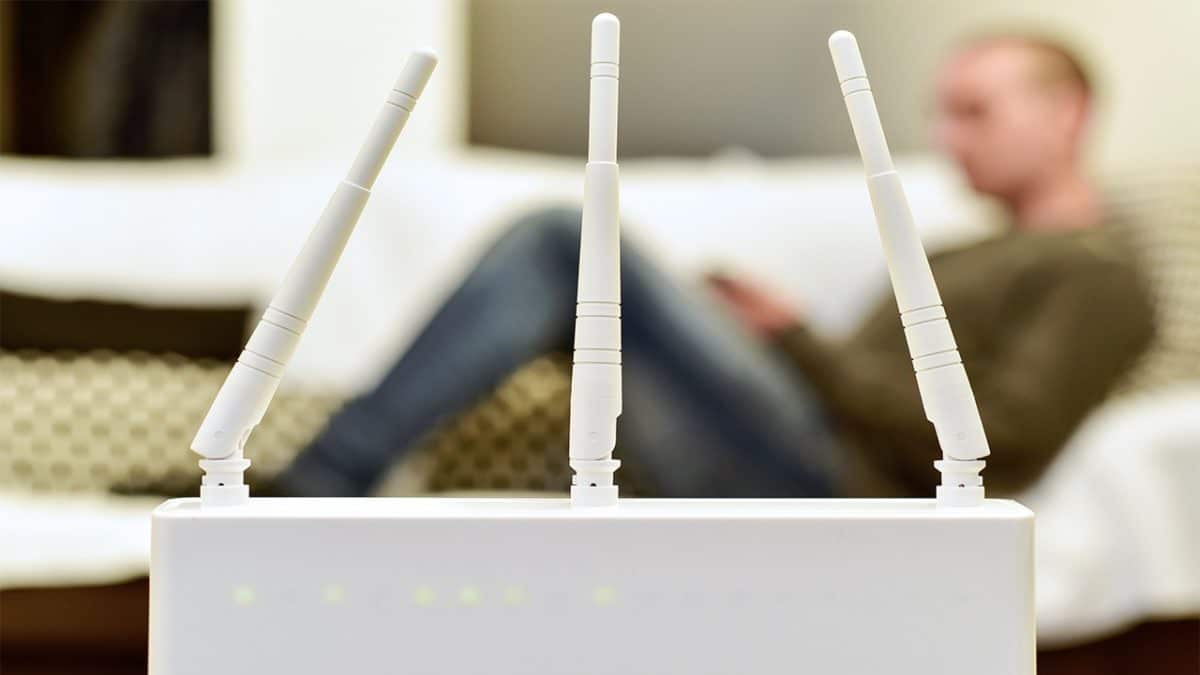This article will talk about 5 methods we can use to boost or boost the WiFi signal. The WiFi signal is weak, often jerky? Is the connection unstable in some places in your home or office? This happens very often when accessing the Internet wirelessly via a modem, and there are several contributing factors, especially when the WiFi connection is constantly disconnecting.
In recent years we have witnessed great technological progress, today we are more or less dependent on the Internet. When the Wifi signal connects and disconnects continuously, it makes people nervous. But luckily, there are workarounds to fix problems with a slow internet connection by optimizing WiFi with a few simple tweaks here and there. Here are five tips for boosting or boosting your WiFi signal.
1. THE LOCATION OF THE MODEM
Placing the router in a place with less interference is essential to have a strong WiFi signal in all areas where you intend to use the Internet. Placing it in a certain position could obstruct the signal or amplify it.
The distance of your device and the modem location are important factors in increasing the strength of the WiFi signal – the further away you are, the weaker the signal. But interference from other electronic devices is another contributing factor to signal weakness.
If the modem is placed near a TV, laptop, microwave, refrigerator, wireless media center, even a landline phone, or these devices are in front of the signal line; WiFi can be hindered – you should consider placing the modem some distance away from other electronic devices.
Walls, if made of a material such as concrete, can also weaken the WiFi signal. If you live in a multi-story building, you need to place the modem on an intermediate floor – higher on a shelf on the first floor of a two-story building or the second floor of a three-story building, thus making will be present on all floors.
2. USE A WIRELESS WIFI REPEATER
Buying a wireless range extender is a good idea to increase the WiFi signal strength if you have a large home or office, especially when there are many walls that weaken the WiFi signal. These devices are not that expensive and useful for bypassing physical obstacles between the WiFi signal and the device.
3. UPDATE THE MODEM / ROUTER
Routers run on software – called firmware – which differs depending on the router manufacturer, and sometimes it’s very easy to update the modem’s firmware; once you’ve done that, you’ll have problems with your WiFi fixed.
Firmware updates fix any security issues and contain several bug fixes aimed at speeding up the router hardware. You will find firmware updates on your modem/router’s brand portal. Refer to your router’s manual if in doubt or contact your internet service provider if you can’t fix it yourself.
4. CHANGE THE MODEM CHANNEL AND FREQUENCY
Since everyone uses a WiFi connection, those living in an apartment in a densely populated area often have to troubleshoot WiFi signal interference, most likely due to overlapping signals being emitted from your neighbor’s WiFi router.
Overlapping signals cause data to be retransmitted, and if there is too much interference, it may even break the connection altogether.
Most routers operate on the 2.4GHz frequency, which has 13 channels. Most people don’t change modem channels, which can be done via the admin portal. Switching to a channel that is not being used may increase WiFi signal reception.
If you want to check which channels your neighbors are using, open the command prompt and type ‘netsh wlan show all’.
All the active WiFi signals nearby and the channel they are using will be displayed. Change the channel of your router accordingly, preferably channels distant from those in use; choose 9 if channel 5 is in use.
5. ANTENNAS FOR ROUTERS
Usually, the default routers provided by any Internet Service Provider (ISP) are of poor quality and can contribute to the weak WiFi signal. Consider switching to a better quality modem that will immediately deliver a stronger signal. Better quality routers have not only a better antenna but also more antennas.
If you’re not willing to spend money on a new router, replacing the existing router’s antenna, which is mostly detachable, is an alternative. Choose an omnidirectional antenna to replace the existing one.
If your router is secured with an internal antenna, adding an external one to the device can help boost the WiFi signal and external antennas are generally considered to be more powerful.
In the above case, purchasing a directional antenna will be the best choice since the internal antennas are omnidirectional. Choose a directional antenna and set it in the direction you need to boost the WiFi signal.
In case your router with an internal antenna doesn’t have an option to add an external antenna and replacing the internal antenna doesn’t work, you can also buy a USB antenna for your computer. The USB antenna will work as a receiver and can be placed in any direction to boost the WiFi signal.
If you have any other tips that may be helpful to readers, feel free to mention them in the comments below.

